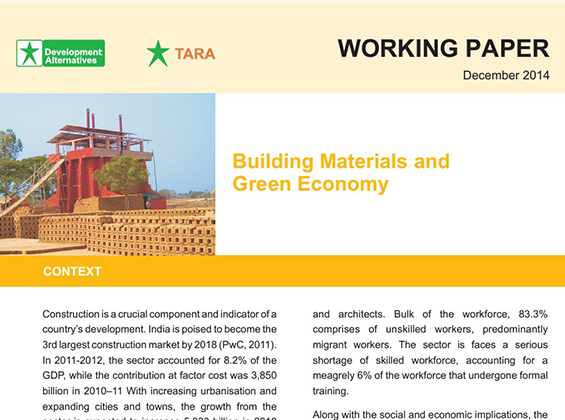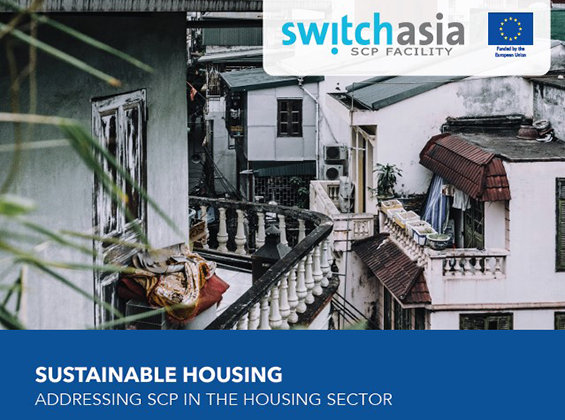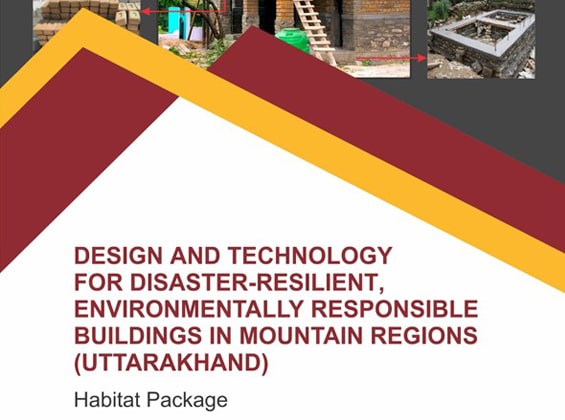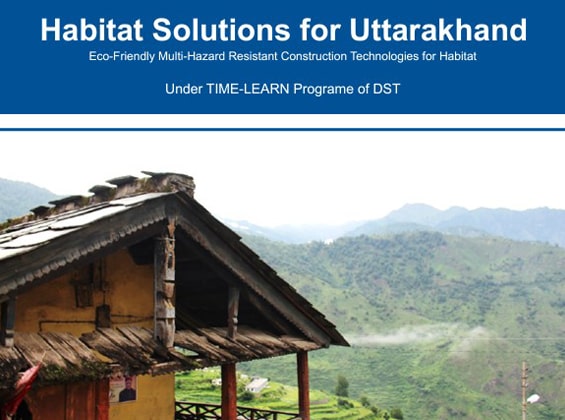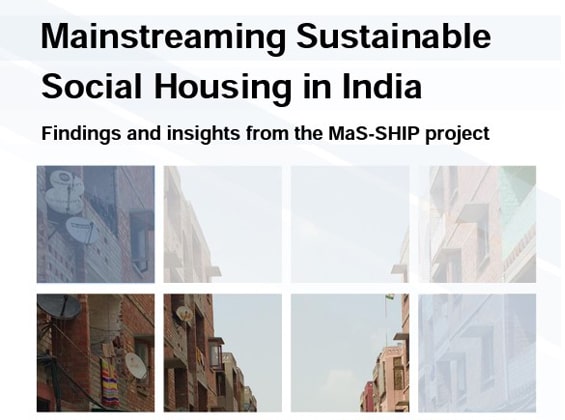Incorporating sustainable practices into construction design can create environmentally responsible, energy-efficient, and healthy living spaces.

Human Settlements
With a growing population, India confronts a major problem of sustainable housing. While the government has launched large-scale affordable housing programmes under Rajiv Awas Yojana, Jawaharlal Nehru National Urban Renewal Mission, and various state-level schemes, a lot has to be done to meet the growing demand. We work on ways to bridge the housing gap in both rural and urban areas and make affordable habitat available, especially, to the marginalised.

Flagship Projects
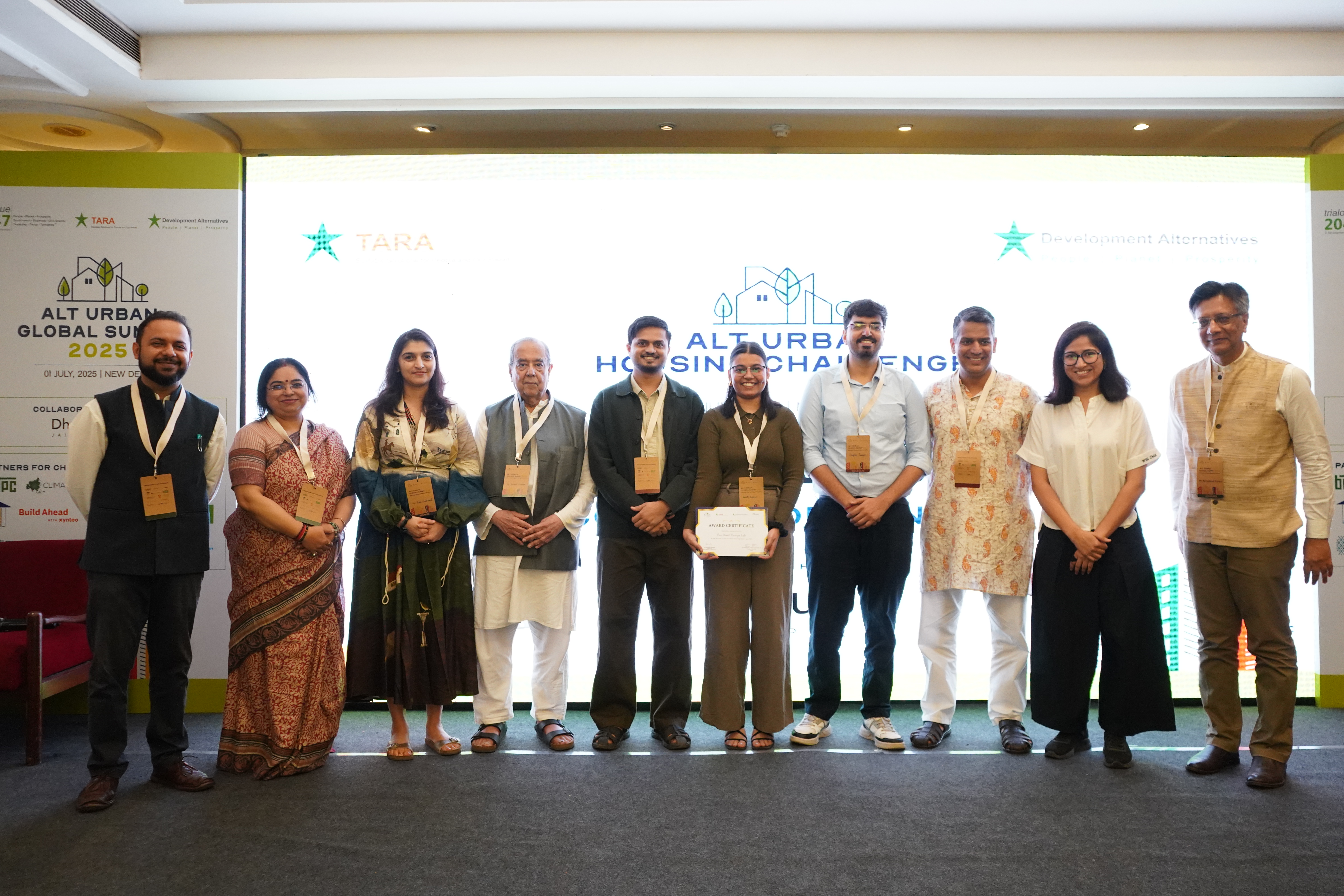
National Sustainable Habitat Campaign
An Alt Urban Initiative for Green and Inclusive Housing.
The National Sustainable Habitat Campaign is a collaborative initiative under the Alt Urban Campaign, aimed at promoting sustainable building and construction practices across India. Central to this campaign is the organisation of a Housing Challenge, where architects and construction professionals compete to design innovative, low-carbon, circular, and locally rooted architectural solutions for a live site at the Dhun Life project in Jaipur.
The challenge actively engages young talent, nurtures sustainable design leadership, and places emphasis on environmental performance, the use of traditional materials, and the well-being of communities.
The campaign unfolds in three key stages:
- Preparation of the Alt Urban Housing Challenge
- Rollout of the public call for participation
- Solicitation and review of design proposals
The Housing Challenge is structured in two phases, a preliminary phase followed by a detailed phase, which includes a site visit and capacity-building training for shortlisted participants. The programme culminates with the announcement of awards at the Alt Urban Summit.

Urban Affordable Housing and Habitat Policy
The objective of the current study is to create a road map for urban development in the states to create an enabling environment for providing “affordable housing for all”. The study also attempts to analyze the existing scenario and prepare a State Urban Affordable Housing and Habitat Policy for the next 20 years. This policy is expected to guide implementation, investment planning and decision making of housing related issues.
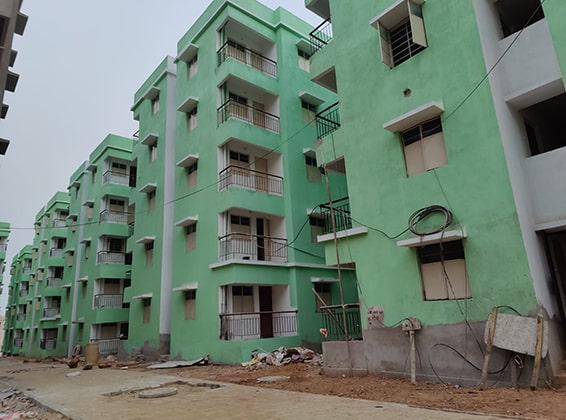
Value Assessment Methodology
The Housing VAM project is conceptualised by the Land Housing and Shelter section under UN-Habitat to support the SDG12 Resource Efficient Housing Programme. The VAM is designed to help housing programmes and projects to transition to more sustainable practices, based on resource efficiency, circularity, and long-term sustainability. The VAM conducts a qualitative and quantitative assessment of housing projects to provide a digital assessment and a feedback report highlighting the gaps, warnings to be addressed, technical recommendations, and potential to shift to more sustainable and resource-efficient practices. The VAM assesses a housing project on various factors under the categories of 1) Context, regulations, and governance, 2) Housing and urban design, 3) Resources and circularity, and 4) Environmental impacts and resilience. The tool will also provide links to additionally advice documents and tools that will lead to obtaining recognised certifications and finance methods, as well as relationships with international development agencies and governments.
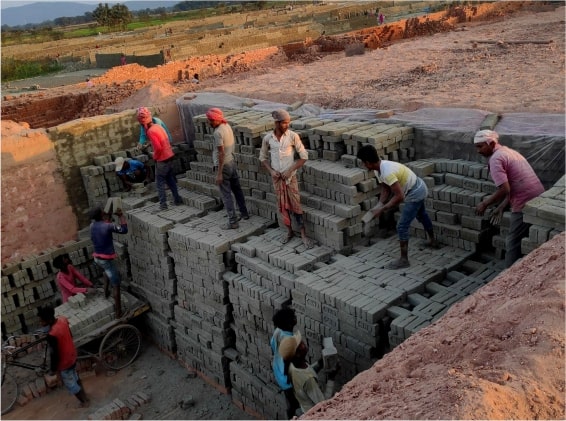
Green Brick Production Technologies in Assam
The pre-feasibility study for green brick production in Assam looks at the current brick production practices and trends across three demand centres in Assam - Guwahati, Silchar and Dibrugarh and assesses the prevailing challenges in adoption of green technologies across different stages of the construction sector value chain in the state. It was conducted using a three-stage action research-based approach using research tools such as documentation, field research, GIS-mapping and stakeholder consultations. A detailed socio-ecological profile relevant to the sector was prepared for Assam by conducting geological studies and soil studies and secondary research on various socio-economic parameters. In addition, an overview of the trends and practices in the brick production sector is also presented by analysing the production and consumption patterns, environmental impact, social conditions and economics, regulatory frameworks, and appropriate policy convergence. Based on calculations and projections for GHG emissions and other pollutants, detailed recommendations were provided for shifting to more efficient brick production technologies and alternative material and technology options to reduce negative socio-environmental impacts. The recommendations derived from the on-ground analysis aim to serve as a guide for the different stakeholders involved in the construction and brick manufacturing sector of Assam.

